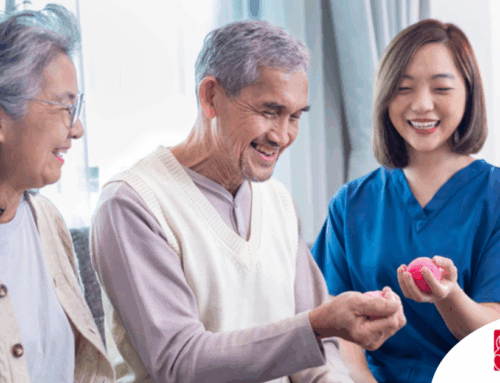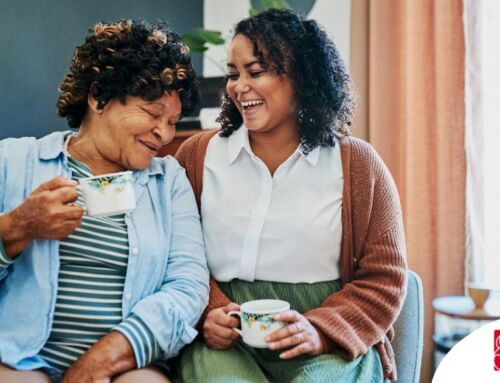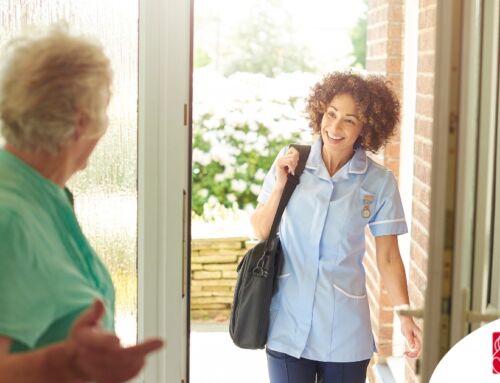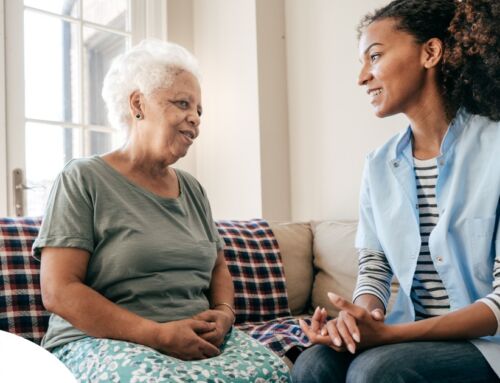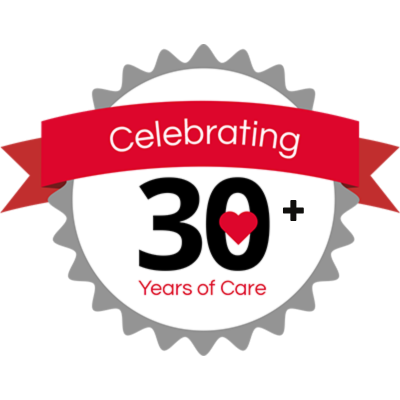The older we become, it becomes increasingly important to maintain an active lifestyle to promote physical and mental well-being. Staying active is a broad concept, encompassing a range of activities that engage both the mind and body. From simple exercises to engaging in social interactions, staying active as a senior is essential for overall health and longevity.
What Does “Staying Active” Mean as an Older Adult?
Staying active can be defined as participating in any activity that requires movement and exertion of the body. This includes exercises such as walking, swimming, biking, or engaging in strength training. However, staying active as a senior extends beyond physical activities alone. It should also encompass activities that involve mental stimulation and socialization. Engaging in hobbies, volunteering, or participating in group activities can all contribute to an active lifestyle for seniors.
Staying active as a senior implies participating in exercises or physical activities that are safe, suitable, and enjoyable. While this notion may differ from the vigorous activities that younger individuals partake in, it is equally important for the well-being of seniors. The focus shifts towards exercises that improve strength, flexibility, balance, and overall cardiovascular health. Staying active also entails engaging in activities that promote cognitive stimulation and social interaction to prevent feelings of isolation or depression.
Ideas For Staying Active
General Exercise
Regular exercise plays a vital role in maintaining physical health as individuals age. Regular physical activity has numerous benefits, including improved cardiovascular health, increased muscle strength, enhanced flexibility, and better balance and coordination. Walking, for example, is low-impact and accessible to most seniors, making it an excellent way to stay active. Additionally, participating in group exercise classes tailored to seniors, such as yoga or water aerobics, can provide both physical and social benefits.
Balance Improvement
Seniors can also engage in activities that promote balance and coordination, such as Tai Chi or dance classes. These practices not only enhance physical fitness but also provide mental stimulation, as participants have to memorize choreography or focus on specific movements.
Strength Training
Strength training is another essential aspect of staying active as a senior. It helps maintain muscle mass, which naturally declines with age, and strengthens bones, reducing the risk of fractures. Simple exercises like lifting weights or using resistance bands can be incorporated into a daily routine, promoting overall fitness and increasing independence.
Staying Mentally Active
Mental stimulation is equally important in maintaining an active lifestyle as a senior. Engaging in activities that challenge the mind can help preserve cognitive function and prevent conditions such as dementia and Alzheimer’s disease. Examples of mental activities include crossword puzzles, reading books, learning a new language or musical instrument, or playing memory-enhancing games. These activities not only keep the brain sharp but can also be enjoyable and fulfilling.
Staying Socially Active
Socialization is a crucial component of staying active as a senior. Maintaining social connections and engaging in meaningful interactions has been linked to improved mental health and well-being. Participating in group activities, such as joining a book club, taking a cooking class, or attending community events, allows seniors to connect with others who share similar interests. Volunteering or engaging in community service can also provide a sense of purpose and fulfillment, contributing to overall happiness and a more active lifestyle.
Wrap Up
It is essential to acknowledge that staying active differs for every individual. Health conditions, past injuries, or personal preferences may influence the type and intensity of activities a senior can engage in. Consulting with a healthcare professional or qualified trainer can help customize an exercise plan that aligns with the individual’s capabilities and goals.
Staying active as a senior involves the physical, mental, and social engagement necessary to maintain overall well-being during the later stages of life. Incorporating daily walks, attending group fitness classes, engaging in dances or balance-promoting exercises, and seeking mental stimulation through puzzles or new hobbies are effective ways to stay active.
However, it is crucial to prioritize safety and consult with healthcare professionals to ensure that the chosen activities are suitable for individual needs and limitations. By embracing an active lifestyle, seniors can enhance their independence, vitality, and quality of life well into their golden years.
~ ~ ~
For over 30 years, CareGivers of America has proven our leadership in the home health care industry while showing continuous dedication in referring the highest level of care. There is an alternative to nursing homes and assisted living facilities; Home Health Care. We serve families in the south Florida counties of Palm Beach, Broward, and Miami-Dade.
Do you have questions about how you can better support your loved one while they age in place in south Florida or regarding homecare in general? Please contact us here: Click here to contact us or call us toll free: 800-342-4197
Our amazing mailing list is where you’ll receive special content, click here to subscribe.
*No information in this article is to be taken as advice, medical or otherwise. This post is not sponsored, but may contain external links to websites, articles or product examples. External links are used for example or reference purposes only and these links do not indicate specific product or website endorsement by CareGivers of America.

